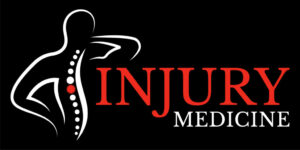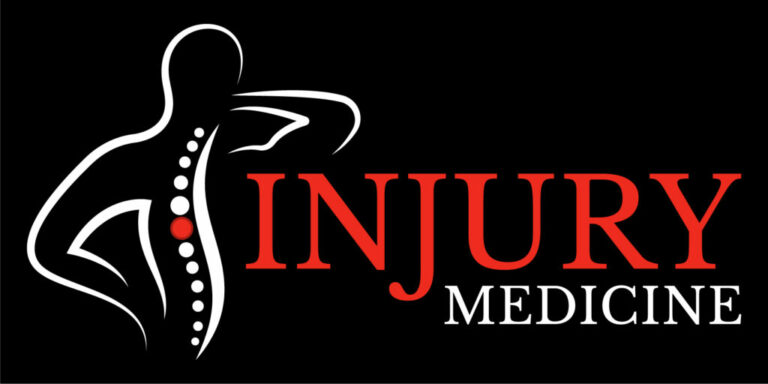An arthroscope, within the context of law and medicine, refers to a specialized medical instrument used for minimally invasive diagnostic and surgical procedures within joints. This device enables healthcare professionals to visualize the interior of a joint, diagnose various joint conditions, and perform surgical interventions with smaller incisions, reducing patient trauma and recovery time. Understanding the arthroscope is essential in both medical and legal settings, particularly in cases of medical malpractice, personal injury claims, and product liability disputes. This comprehensive definition aims to provide a detailed overview of arthroscopes, their legal implications, and their significance within various legal scenarios.
Medical Characteristics of an Arthroscope
Minimally Invasive Tool: An arthroscope is a slender, tube-like instrument equipped with a camera and specialized lighting. It is inserted through small incisions into the joint, allowing healthcare professionals to visualize the joint’s interior without the need for open surgery. Injury Medicine specializes in Minimally Invasive procedures.
Visualization: The arthroscope’s camera provides real-time images of the joint on a monitor, allowing healthcare providers to assess the joint’s condition, identify abnormalities, and make informed diagnostic and treatment decisions.
Diagnostic and Surgical Applications: Arthroscopes are used for both diagnostic arthroscopy (visualization and assessment) and therapeutic arthroscopy (surgical interventions). Common procedures include repairing torn ligaments, removing damaged cartilage, and addressing conditions like osteoarthritis.
Joint Access: Arthroscopes are used in various joints, including the knee, shoulder, hip, elbow, ankle, and wrist. The choice of joint and procedure depends on the patient’s condition and the healthcare provider’s assessment.
Legal Implications in Medical and Personal Injury Cases
Arthroscopes can be central to legal cases, particularly in matters involving medical malpractice, personal injury, and product liability:
Medical Malpractice: Cases may arise if a healthcare provider fails to use an arthroscope correctly or if errors occur during arthroscopic procedures. Allegations of negligence during the surgery, misinterpretation of images, or complications following the procedure can lead to medical malpractice claims.
Informed Consent: Patients undergoing arthroscopy must provide informed consent, which involves understanding the procedure, its potential risks, benefits, and alternatives. Failure to obtain proper informed consent can result in legal issues even if the procedure itself is successful.
Complications and Infections: Arthroscopic procedures carry certain risks, including the potential for infections, bleeding, or nerve damage. Legal cases may arise if complications occur and are attributed to healthcare provider negligence or improper sterilization of equipment.
Failed Procedures: In some instances, arthroscopic procedures may fail to provide the intended relief or result in unexpected complications. Patients who experience continued pain or worsening conditions may seek legal recourse, alleging that the procedure was not performed up to the standard of care.
Product Liability Considerations
Arthroscopic instruments, including arthroscopes themselves, may also be subject to product liability claims. Manufacturers and distributors can be held liable if arthroscopic instruments are found to be defective, causing injuries or complications during surgery. Legal proceedings may involve allegations of design defects, manufacturing errors, or inadequate warnings about product risks.
Expert Testimony and Documentation
Expert medical testimony plays a critical role in legal cases related to arthroscopy. Medical professionals with expertise in orthopedic surgery and arthroscopy can provide insights into the standard of care, the appropriateness of the procedure, and the causes of complications or adverse outcomes. Proper documentation, including surgical records, imaging studies, and patient consent forms, is crucial evidence in such cases.
Conclusion
An arthroscope is a specialized medical instrument used for minimally invasive diagnostic and surgical procedures within joints. Understanding the arthroscope is vital within both medical and legal contexts, particularly in cases of medical malpractice, personal injury claims, and product liability disputes. Legal professionals and medical experts must collaborate to assess and address cases where arthroscopy plays a central role, ensuring that individuals receive appropriate compensation for their injuries and related damages and that justice is served. Proper documentation, expert testimony, and a comprehensive understanding of arthroscopy are pivotal factors in achieving fair legal outcomes in cases related to this essential medical instrument.

